Even though eCommerce is growing, the Baltics market, like other similar local markets, is limited. In 2021, eCommerce sales in the Baltics were $2.8 billion compared to $4.14 trillion worldwide. Sooner or later, businesses looking to grow and scale their sales conclude that they need to look at other markets. Here’s what it takes to expand successfully!
Sidenote: “Factors to Consider Before International Expansion,” with all details discussed in this article, is available as a 30-minute session hosted during the Meet Magento Baltics conference in 2022. Watch it here:
Let’s continue! Here are four steps you need to consider when planning an international expansion for your eCommerce store:
1) Identify new markets
From a technical standpoint, enabling your Magento (Adobe Commerce) store to sell worldwide is easy. At the same time, every market is different and requires a unique strategy to conquer them successfully.
Analyze your target audience and customers
To start, you have to figure out what is working for you currently. If we’re exaggerating, you need almost to know your top 10 customers by name and remember their order history. What is it that keeps them coming back? It can be customer service, pricing, great product range, and other factors. Try to answer these questions:
- What type of people loves our products?
- What are customers trying to solve with our products?
- What drives success in what we’re doing currently?
- Who else could find our products useful?
By knowing what makes your product and brand successful in the local market, you can look for markets abroad with similar needs and conditions. There are several qualitative research methods to find this out, e.g., customer surveys.
Even if you decide not to pursue new markets, having this knowledge about your current target audience, customers, value propositions, etc., will help you do better marketing and improve communication with your customer base.
Traffic and keywords research
You can start researching potential markets by using various tools. In eCommerce, capturing existing demand and interest is easier than generating demand for a new market.
- Google Analytics shows users from abroad already interested in your site, products, and business
- Google Trends can help you discover existing demand (search) and its trends over time
- Ahrefs helps to understand user search behavior, monthly search volume, keyword popularity, etc., across different countries
- Google Market Finder lets you see which markets best suit your products or service.
Consider logistics
When you have a few target markets in mind, you should start considering the more practical and operational aspects of the expansion. For example, the United States might be a great market because of its pure economy size and purchasing power, but can you handle the distance?
Think about your current logistical abilities, how fast you can ship, how high the shipping costs will be for your customers, and the price-value ratio—high shipping costs and slow delivery can be a conversion killer.
2) Run market research
Start by asking the general questions—what’s the economy size, and is it growing; what impact has the Covid-19 pandemic and Ukraine crisis had; what are the demographics, etc.?
Some of the most important macro-economic data and statistics to look into
- GDP per capita
- Monthly income by gender
- Population size
- Demographics, birth rate trends.
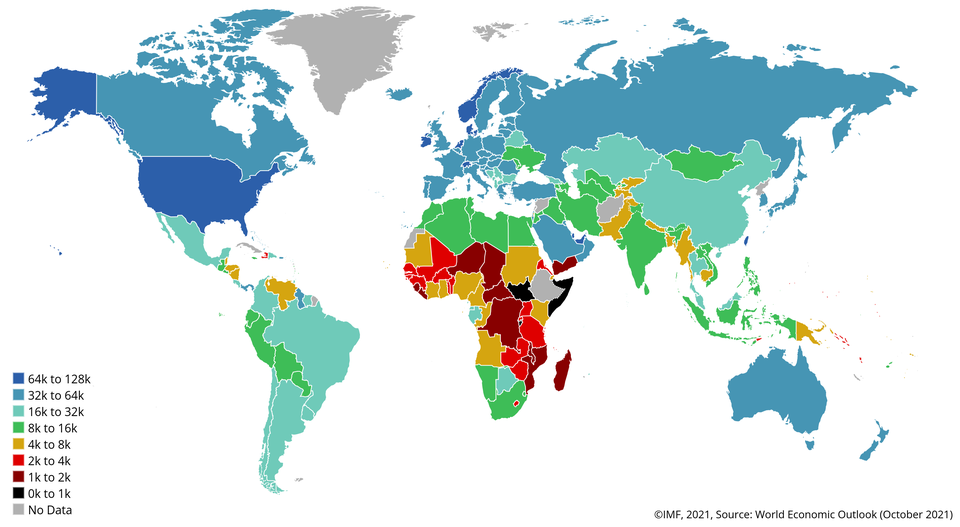
Understand your target audience
Different cultures have different online shopping behaviors and preferences. For example, almost 50% of online shoppers in Germany prefer to pay with PayPal, while in Finland, this payment method reaches only 20%.
Find out these things about your new market and target audience:
- The size of the new eCommerce market
- Most commonly bought products online
- Main reasons for shopping online
- Reasons for canceling purchases
- Shipping and delivery preferences
- Payment method preferences.
Analyze competitors
When it comes to new markets, you will most likely have a big challenge on your hands. You want to understand the competitive landscape and consider why people might choose to shop with you over your competition.
SWOT (Strengths, Weaknesses, Opportunities, and Threats) analysis exercise can help understand how you stack up against the current competition and find gaps in the market.

Once you have an idea of the existing competition in the market, like names of other brands and the list of stores taking top positions in Google, either ads or organic, of product categories and keywords similar to those that you want to target, you can select a few and explore further using a tool called similarweb.com. It shows you how successful your potential competitors are in their online environments and their global activity.
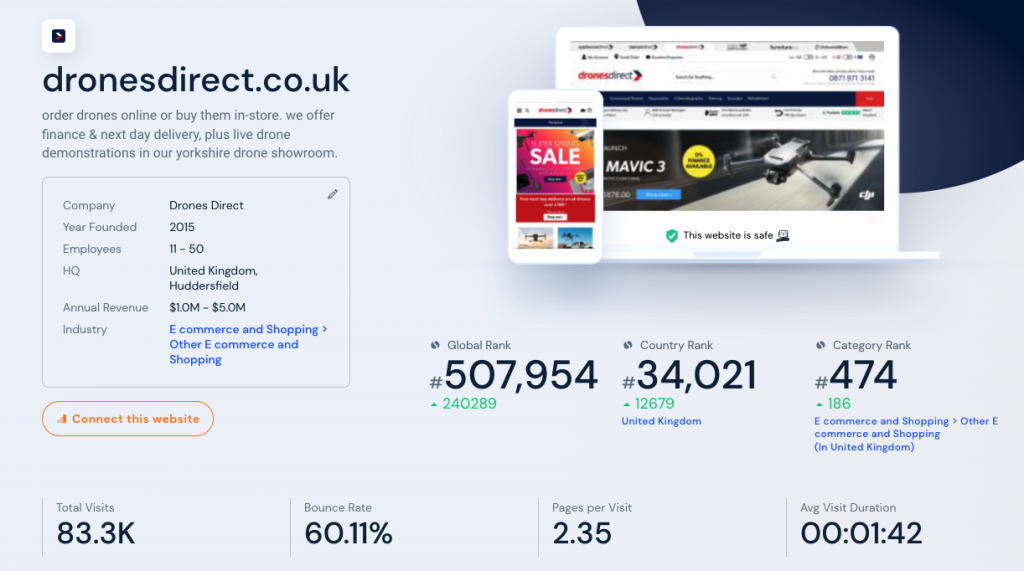
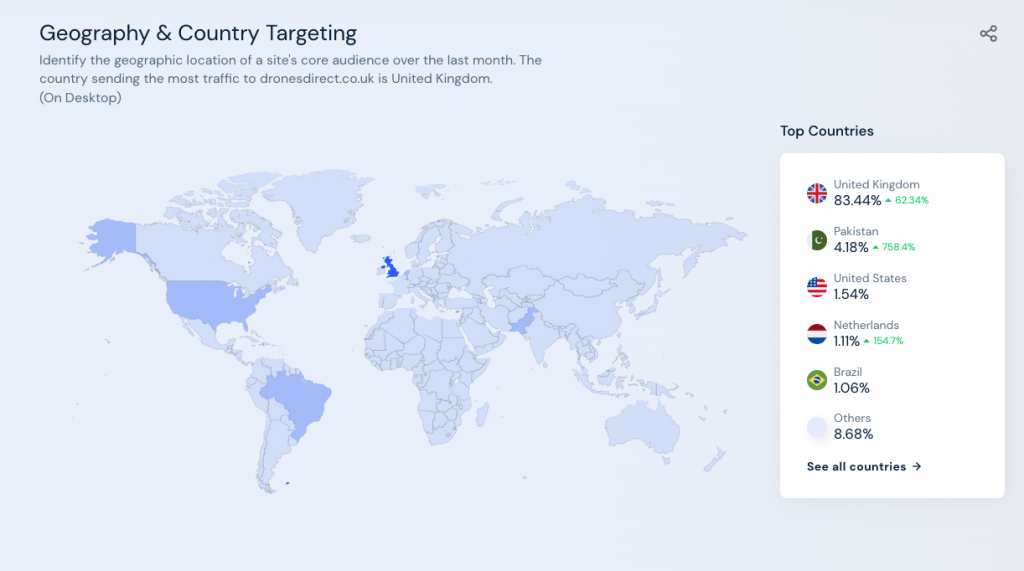
3) Plan a localization strategy
At this point, you should have a list of markets in which h you see opportunities. Planning and research are essential, but the execution will actually determine how successful you are.
We have selected 5 steps that are crucial in being successful when getting into new markets:
- Create a multilingual store
- Calculate your duties and taxes
- Determine payment methods
- Choose the right shipping strategy
- Take your customer support global.
Create a multilingual store
Supporting the local language is critical to successfully communicating with your target market audience. According to Marketfinder, 72% of users spend most of their time on websites in their native language, and 82% of customers are more likely to buy if promotional material is in their language. By localizing your site language, you not only be able to communicate better with your customers, but it will also help your site rank better in the search engines and capture the existing demand.
Marketing and branding messaging should also be done in the local language to ensure the best user journey for your potential customers.
There are multiple tools to use to translate your current content and set systems to maintain translations of future content; e.g., lokalise.com allows you to automate a lot of the translation work. In-house translators or 3rd-party agencies can also help localize your content and marketing.
Calculate your duties and taxes
Now to the not-so-fun part. As a business, you need to think about international trade, duties, and taxes in place. Make sure that your customers don’t have to think about them! DDP (delivery duty paid) is the best practice for eCommerce brands as it allows duties and taxes to be paid and assumed by the merchant, but you need to consider it in your pricing.
Merchants with multistore setups often choose the Magento (Adobe Commerce) extension avalara.com, used to set up automatic tax calculations and manage the taxes for shoppers correctly and efficiently.
Determine payment methods
Next, you need to consider the availability of payment methods preferred by the audience in the target market. This step can make or break your checkout conversion rates.
There’s hardly a worse scenario than having spent your marketing budget on getting users to your site, them finding products they are ready to purchase, and adding them to their cart, only to abandon the checkout once they don’t see a payment method they are used to.
You want to give your users a choice and have a selection of popular payment methods for the specific market, including payments with local bank transfers.
A great tool to use for tailoring payment methods is checkout.com. They have global coverage of 150+ processing currencies and 20+ settlement currencies, local cards, APMs, digital wallets, and more payment methods available to navigate the nuances in every market.
Choose the right shipping strategy
The vast majority of customers expect shipping to be fast and usually free. According to Webinterpret, 75% of customers expect free shipping even on orders under $50, 85% prefer free shipping over fast shipping and 70% purchase from foreign sites. If your shipping costs are higher than your competitors, the customers will most likely leave.
Two main options to fulfill your online store orders are shipping from your internal warehouses or using fulfillment center services. Each option has its benefits and drawbacks, so you need to figure out what works best for your business case. Generally, a localized fulfillment service will provide a better shopping experience for your customers.
Pros & cons of sending goods from an internal warehouse vs. fulfillment service
Internal warehouse
+ Low cost for periodic orders
+ Full control of the process
+ Specialized skills and equipment for your product
+ Fast tracking of inventory
– Distance from customers
– Lower local knowledge
– Operating costs and planning time.
Fulfillment service
+ Reduced workload
+ Reduced delivery time
+ Security and insurance
+ Easy to handle international returns
+ Minimized shipping costs for frequent orders
+ Various locations
+ Organized picking and receiving processes
+ Understanding of the local market
– Need great order value to be cost-effective
– Difficult to modify orders
– Distance from stock
– Storage fees when products are not selling.

One way to minimize shipping costs and delivery time is by storing goods in warehouses in your chosen destination country. 3PL (third-party logistics) companies can handle and fulfill orders for you. As an online merchant, you will take care of the orders and leave the rest, such as warehousing, supply chain management, transportation, material handling, distribution, customer service, and returns to an outsourced company.
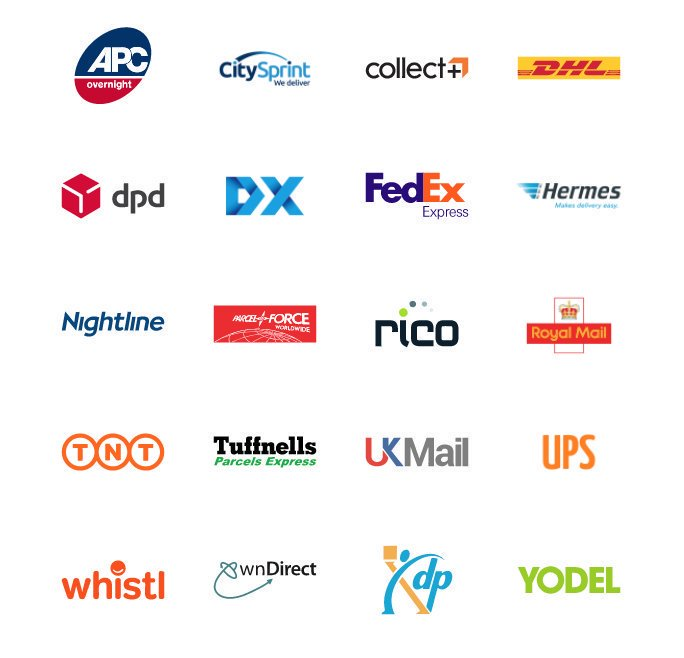
Take your customer support global
Responsive customer support is a critical factor in online shopping. If your customer support is terrible, you will have trouble getting customers back for a second purchase.
Typically, preferred communication channels will vary from country to country, but the three main ones—phone, email, and live chat—consistently hold popularity. You need to plan your strategy to be reachable, responsive, and ready to respond in the customers’ time zone and language, providing them with quick, personalized, and relatable service.
Several services can help you with fast responses in different languages via on-site chat, like ultimate.ai. Still, you should also have a phone line or a local team available to answer customer questions.
4) Launch marketing campaigns
When you have everything set up in your localized Magento (Adobe Commerce) store, you’ll want to think about marketing.
First, ensure a strong search presence with SEO—target your content toward a specific audience, choose region-specific keywords, and strengthen your SEO efforts with GEO IP. Keep in mind that great results from SEO usually require long-term efforts and won’t bring immediate traffic.

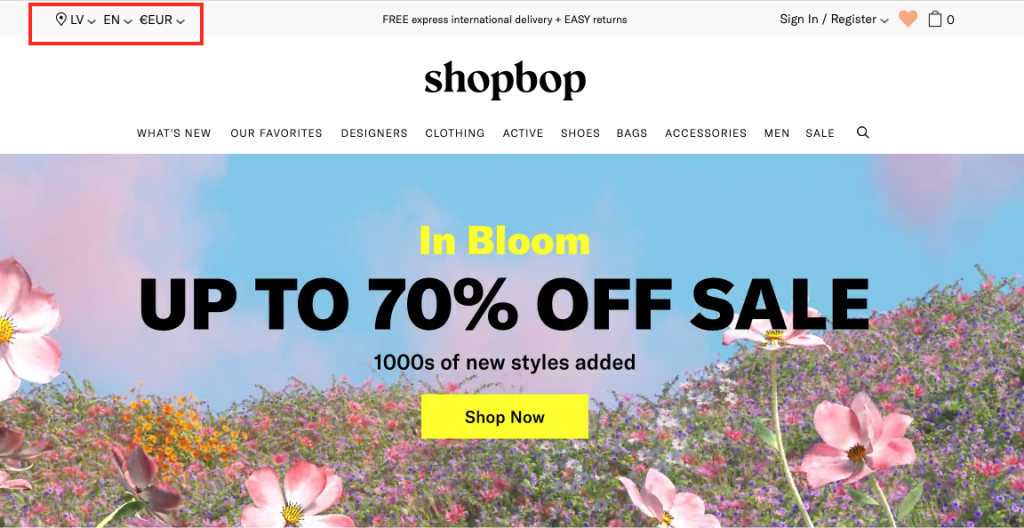
Email campaigns and an audience list are worth investing in for a good ROI for marketing channels and boosted sales during the year. Create personalized campaigns for different markets by taking into account seasonal events and local holidays, and adjust the time for email marketing campaigns to reach inboxes at the right time of day.
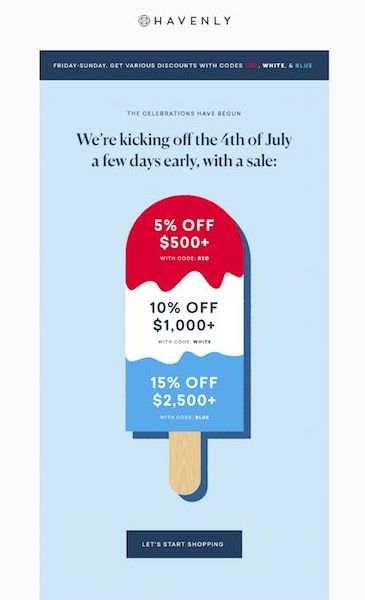

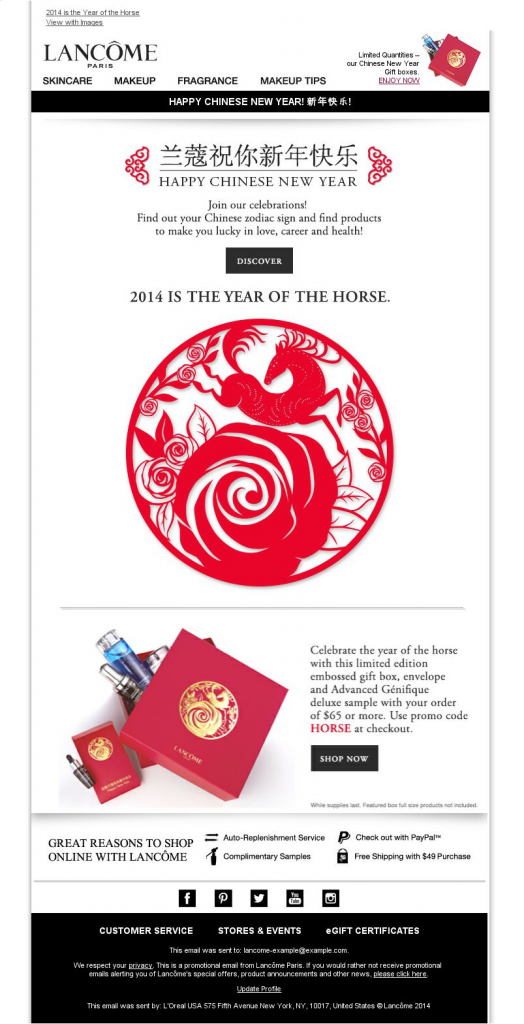
Another good idea is partnering with micro-influencers (social accounts with 1k to 50k followers)—they are perceived as people like me and could add more credibility to your business. In addition, consider creating separate market-specific social media accounts to grow overall brand awareness that targets a specific group of consumers.
For additional insights—scandiweb conducted market research for a European sporting goods retailer, providing them with the information they needed to make informed decisions about approaching the new market and which marketing strategies to employ. We then gathered those insights and explained our approach in this eCommerce market research guide.
Want a comprehensive report about a new market? Request it by dropping a line at [email protected]. If you are about to enter a new market and could use guidance during the expansion, our eCommerce experts and analysts are here to help. Schedule a free consultation today!
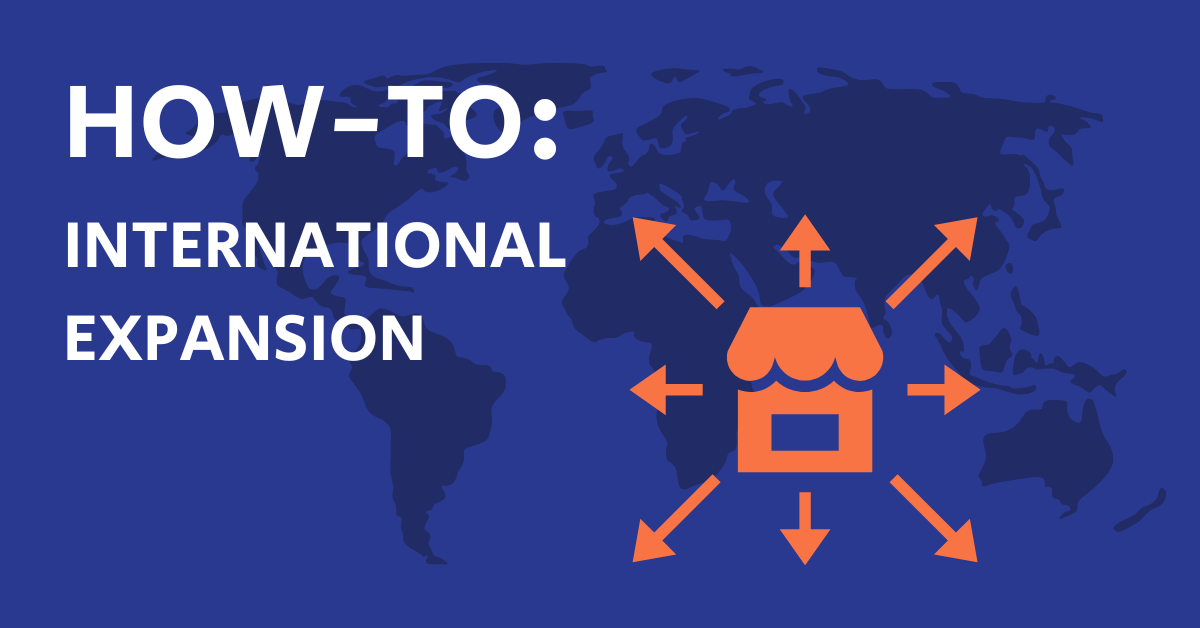

Share on: